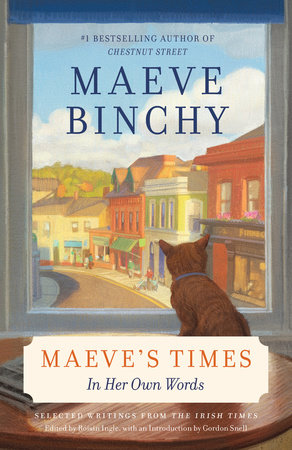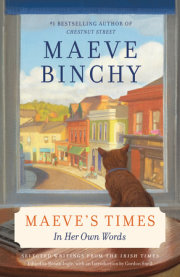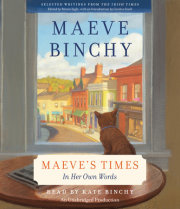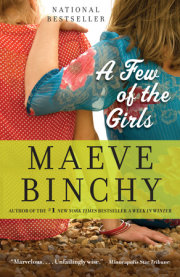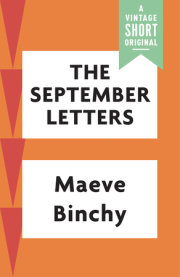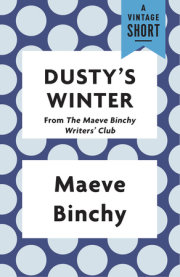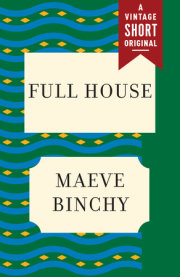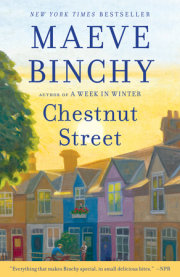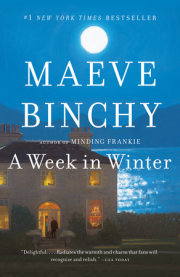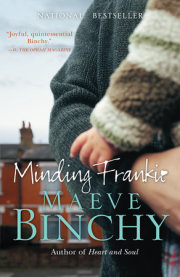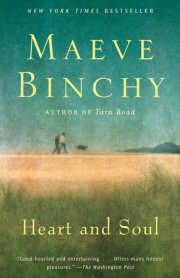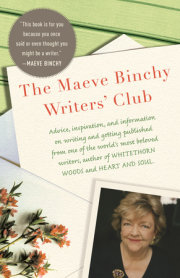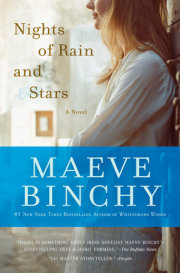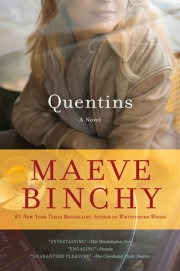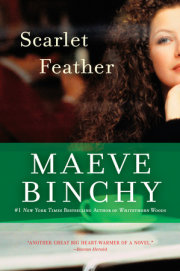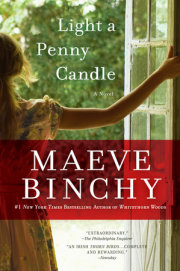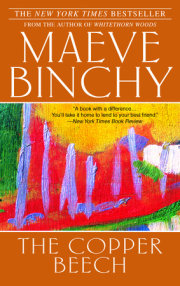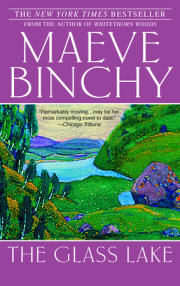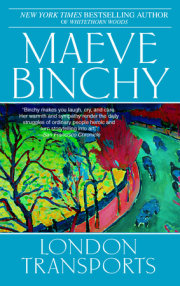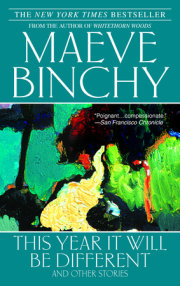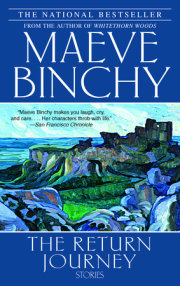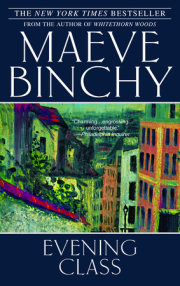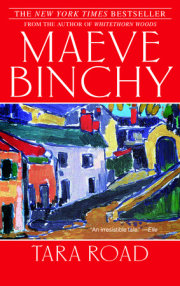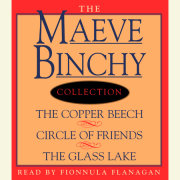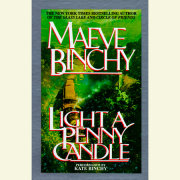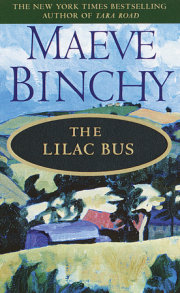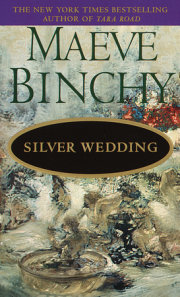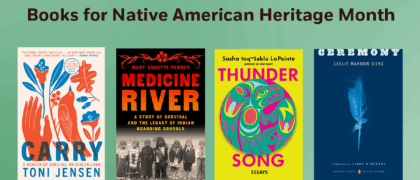Pageantry and Splendour at Westminster for the Royal Wedding
15 November 1973
The ushers were simply delighted to see me.
‘Splendid,’ they said, ‘absolutely splendid. Let’s have a little look. Oh, yes, seat number 17 this way. Super view, and just beside the telly, too. Super!’ They could have been brothers of my dearest friend, instead of members of Mark Phillips’ regiment examining the press ticket, which had cost £23.
Westminster Abbey was lit up like an operating theatre; the light from the chandeliers was only like candlelight compared to the television lights. Well, since 500 million people, including the Irish, were meant to be looking in, I suppose you had to have it bright enough to see something. There was plenty to see from the top of a scaffolding over the north transept. Grace Kelly staring into space, looking like she always looked, kind of immaculate.
Rainier has aged a bit oddly and looks like Marlon Brando in The Godfather. Harold Wilson, all smiles and straightening his tie, his wife looking as if she were about to compose the final poem on the occasion. Jeremy Thorpe was all giggles and jauntiness, Heath looked like a waxwork.
Anthony Barber looked suitably preoccupied, as well he might, with a State-of-Emergency going on outside the Abbey doors, and Whitelaw looked as if it was his first day off in two years. There were a lot of people whose faces I thought I knew, but it was no help asking for advice on either side. The man from the Manchester Evening News seemed to be writing an extended version of War and Peace in a notebook and on my right an agency reporter was transcribing a file of cuttings.
And then the royals started to arrive. We could see them on the television set – which was six inches from me – leaving Buckingham Palace in their chariots, and like characters stepping out of a film, they suddenly turned up a hundred feet below our seats. The Queen Mother looked the way she has ever looked – aged 56 and benign. The Queen looked thin and unhappy in a harsh blue outfit. Princess Margaret looked like a lighting devil with a cross face and an extraordinary hideous coat, which may have been some multi- coloured fur. But then was there ever an animal or even a selection of animals that would have been given such a coat by Nature.
The Phillips’ parents looked sick with nerves; nobody in the place was hating it as much as they were. Mother Phillips nearly tore her gloves to shreds, father Phillips let his invitation fall and it struck me as odd that the groom’s parents should have had to carry an invitation at all. The son and heir stood smiling and resplendent in scarlet, dimpling and smiling, and you felt that if all else failed and he doesn’t become a brigadier or something in six months, he will have a great living in toothpaste commercials.
The Dean of Westminster, who is a very civilised, cheerful sort of man, was sort of happy about it all, and so was the Archbishop of Canterbury. They beamed all round them and extracted a few return grins from the nervous-looking lot in the VIP seats. The choirboys looked suitably angelic and uncomfortable in their ruffs. One of them got his fingers caught behind his neck and had to have it released.
The trumpeters were noble and rallying, and the Beefeaters were traditionally beefy. Everything was as it should be in fact, as we waited for the bride.
About three seconds after the glass coach had left Buckingham Palace with Anne and her father we were all handed two pages of strictly embargoed details about the wedding dress: it would have threatened national security to have had it before, apparently. Journalists all around me were devouring it and rewriting the details of seed pearls and 1,000 threads of 20-denier silk to every inch of the garment. When she arrived at the door of the Abbey there was a bit of excitement about arranging the train and adjusting the tiara, and the bride looked as edgy as if it were the Badminton Horse Trials and she was waiting for the bell to gallop off.
Up at the altar all the royals looked out as eagerly and anxiously as if they thought the Duke of Edinburgh and his only daughter might have dropped off for a pint on the way. The Queen actually smiled when they got into sight and Mark gave a matinee-idol shy, rueful smile. Princess Margaret read her programme of the wedding service as if it were the latest Agatha Christie that she had promised to finish before lunchtime.
The Duke of Edinburgh went and sat beside his wife and mother- in-law and seemed to have a far greater control over his sword than did Prince Charles, who carried his as if it were an umbrella. I was waiting for half his relatives to have their legs amputated but there must have been some kind of plastic top on it because nobody seemed to be maimed or anything when they were leaving.
The service went as planned and the young voices were clear and loud, as everyone remarked approvingly afterwards, no coyness or nervous stutters. There were a lot of hymns, and I saw the Queen singing her head off, but gloomily, and the Phillips parents sang, too, nervously on their side.
Then off they galloped down the aisle and it was over. And do I mean over! There was no hooley in the palace or anything; the party had been on Monday night. The people who had got all dressed up went home, I suppose. The bridal couple had about nine hours of photographs, and all the people who had been camping on the street packed their spirit stoves into plastic bags and went off for lunch.
It was a superbly organised show, with all the actors playing their parts perfectly, timing and all. Everyone who had a role kept to it: the Duchess of Kent looked sweet and pure English girlhood; Princess Alexandra managed to give the odd vaguely tomboyish grin which she thinks is expected. The Duke of Edinburgh and Lord Snowdon looked as self-effacing as Mark Phillips is beginning to look already. The ushers saw us out, thrilled that we had been able to get there and hoping earnestly that we had a good view of everything. The evening papers were already on the streets with early photographs. ‘The Snow White Princess!’ screamed one headline, as if the readers had expected the bride to wear scarlet jodhpurs.
It was a very well-produced show, no one could deny that, but then the actors are getting slightly above Equity rates.
Excerpted from Maeve’s Times by Maeve Binchy. Copyright © 2014 by Gordon Snell. Excerpted by permission of Knopf, a division of Random House LLC. All rights reserved. No part of this excerpt may be reproduced or reprinted without permission in writing from the publisher.
Copyright © 2014 by Maeve Binchy. All rights reserved. No part of this excerpt may be reproduced or reprinted without permission in writing from the publisher.

